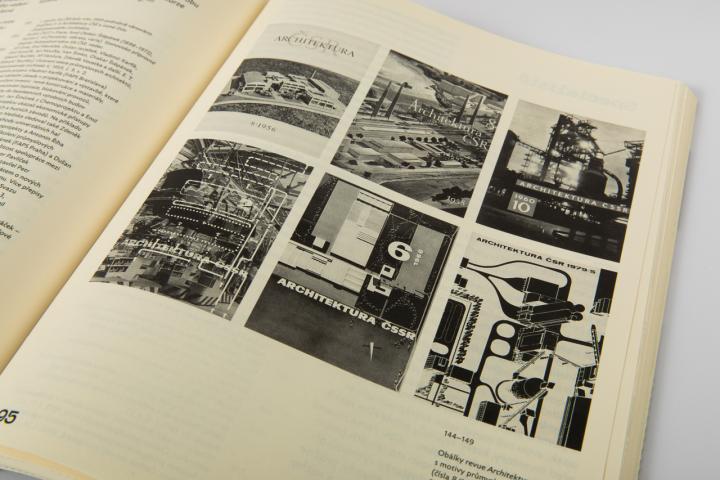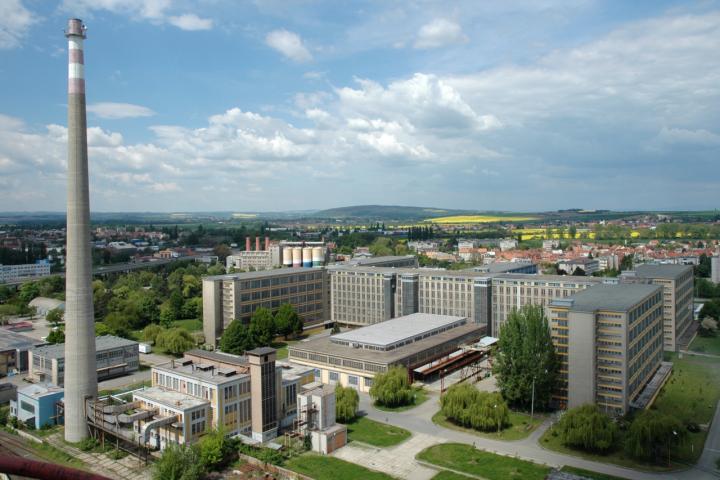
Industrial construction in Czechoslovakia after the Second World War would probably not have been possible without the transformation of economic policy, design practice and construction. However, the environment in which the new industrial architecture was created was even more complicated, and so did the conditions in which the creators of industrial buildings worked - not only architects, but also engineers, urban planners, technologists and other specialists.
In addition to revealing this system background, the publication presents over 400 buildings, complexes and unrealized projects. "However, the book includes one huge error that is too late to correct," says its author Jan Zikmund. As it turns out, over the last twenty years, dozens of architecturally, structurally, technologically, economically and regionally valuable factories have been liquidated - by demolition or inappropriate reconstructions.
Libeň shipyard, spinning mill in Ústí nad Labem and many more
The book opens the topic of a neglected and disappearing cultural layer with the warning that it should be rather an information base for a better recognition of the values of difficult-to-read architecture in the future. It is not a catalog of selected factories or an academic explanation of the development of industrial architecture in the second half of the 20th century. "While interest in post-war architecture has been growing steadily in the last ten years, industrial buildings keep falling out of it. Making them even more endangered, "concludes Jan Zikmund.
According to Jan Zikmund, one of the biggest losses is the demolition of the Libeň shipyards by Jaroslav Fragner, which disappeared in 2010 without much professional and media attention. The realization of Zdeněk Plesník, a spindleless spinning mill in Ústí nad Orlicí, which they demolished in 2016, was similar. "Only a few people knew that this was the first building of its kind in the world," adds Zikmund. On the other hand, the blasting of the buildings of the OP Prostějov clothing factory, the masterpiece of Zdeněk Plesník, was conceived as a spectacular show with the participation of many spectators.
The publication is the output of the Industrial Architecture project. Monument of industrial heritage as a technical-architectural work and as the identity of a place supported by the Program for the Support of Applied Research and Development of National and Cultural Identity (NAKI II) of the Ministry of Culture of the Czech Republic.
The book can be purchased in the bookstore of the Club for Old Prague Judith's Tower and Gallery VI PER, it will also be available in the Karolinum Bookstore, in the e-shop of the University Bookstore of Professional Literature CTU, ČKAIT Information Center, on the iUmeni.cz portal and other places.
Research Center for Industrial Heritage FA CTU in Prague (VPCD)
The Research Center for Industrial Heritage was established in 2002 at the Czech Technical University in Prague, and since 2010 it has been a workplace of the Faculty of Architecture. With the systematic mapping of industrial heritage, monuments of technology and industry in the Czech Republic, it monitors aspects of history and theory of architecture, monument preservation and urban design, initiates alternative projects of new use of industrial heritage, which have a response in pedagogical activities of the Faculty of Architecture CTU program.
About the book:
Hledání univerzality. Kontexty průmyslové architektury v Československu 1945–1992
Concept, text, graphic design and typesetting : Jan Zikmund
Foreword: Benjamin Fragner
Language correction: Hubert Guzik
Editing: Jiří Klíma (Formall)
Logo vectorisations: Lucia Mlynčeková
Production: Gabriel Fragner (Formall)
Printing: Formall a Tiskárna Helbich
Published by: České vysoké učení technické v Praze, Fakulta architektury, Výzkumné centrum průmyslového dědictví v roce 2020
208 pages
ISBN 978-80-01-06743-7

